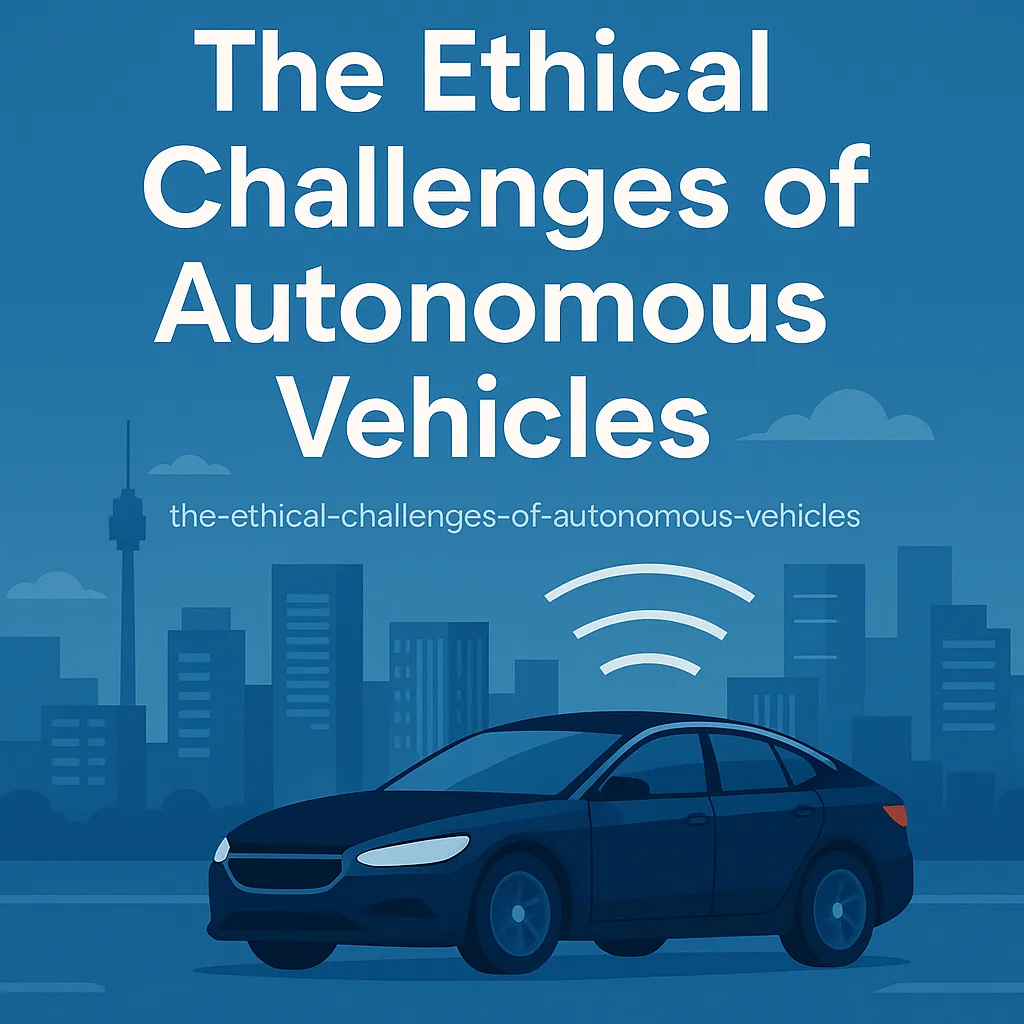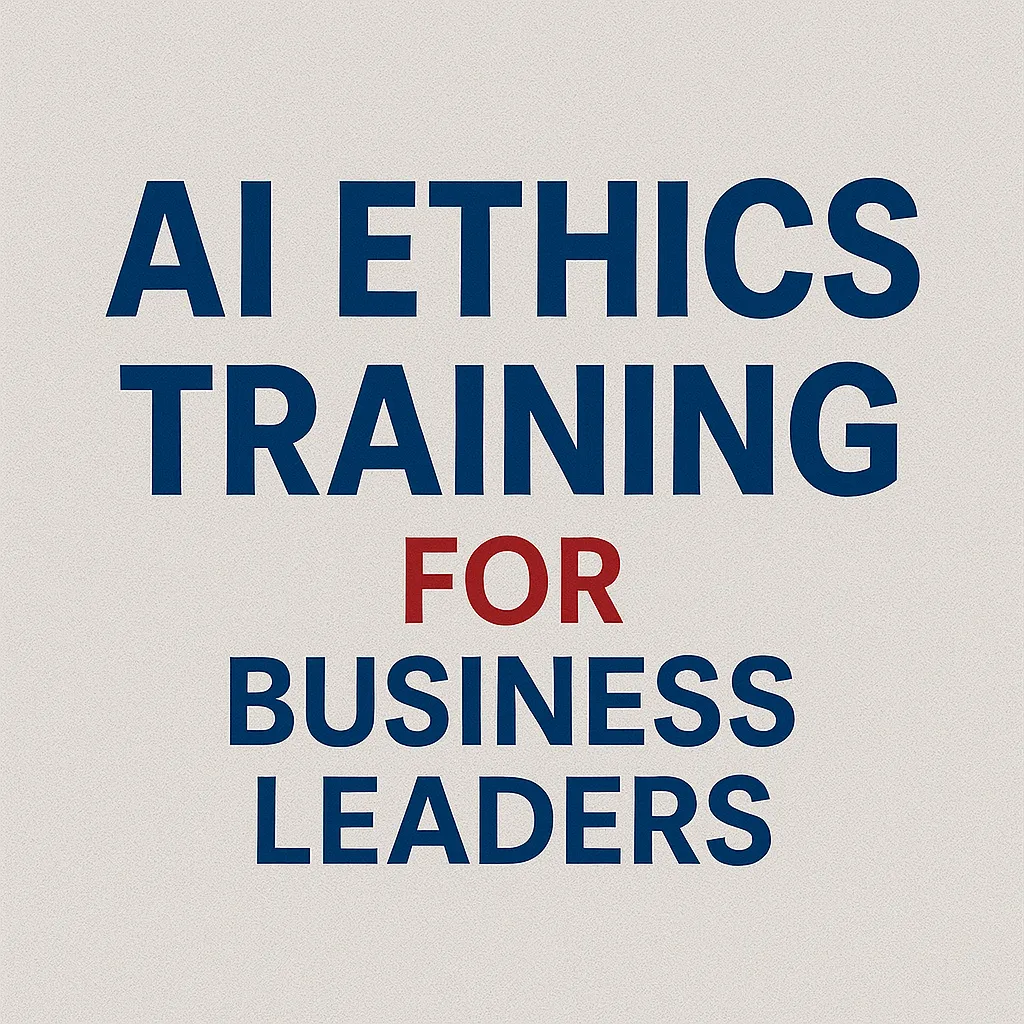Blog Post

Ethical-Challenges-Autonomous-Vehicles-Thumbnail.png
The Ethical Challenges of Autonomous Vehicles: Navigating AI's Moral Compass on the Road
Introduction: The Road Ahead for AI Ethics
As autonomous vehicles (AVs) shift from futuristic concepts to real-world technologies, they bring not only the promise of safer, more efficient roads but also a series of ethical dilemmas that challenge conventional moral, legal, and cultural frameworks. These challenges are no longer abstract thought experiments — they are real-world issues shaping public trust, regulation, and the future of transportation.
1. Understanding the Stakes: Why Ethics in Autonomous Driving Matters
Autonomous vehicles are expected to drastically reduce accidents caused by human error, increase mobility for people with disabilities, and transform city infrastructure. But how AVs make decisions — especially in life-and-death scenarios — is a critical ethical concern.
2. Core Ethical Theories in Autonomous Decision-Making
To address these challenges, we turn to established ethical theories:
Utilitarianism: Focuses on the greatest good for the greatest number. An AV might choose the least harmful path overall, even if it sacrifices one life to save many.
Deontological Ethics: Prioritizes rules over outcomes. This may compel AVs to follow traffic laws rigidly, regardless of situational consequences.
Virtue Ethics: Emphasizes the character and intention of decision-making — a difficult principle to encode in software due to its qualitative nature.
Ethical Relativism: Recognizes that cultural values vary. For instance, a society prioritizing individual rights (e.g., the U.S.) may expect AVs to prioritize passenger safety, while collectivist cultures may favor decisions that protect the community.
3. Challenges in Creating Universal Ethical Standards
The global deployment of AVs means a one-size-fits-all ethical model is neither practical nor desirable. Differences in cultural norms, legal systems, and societal values make universal ethics elusive. Initiatives like MIT’s Moral Machine show significant variation in moral preferences across regions, underscoring the need for culturally adaptive programming.
4. Transparency, Accountability, and Trust
Trust in AVs hinges on transparency. How do these vehicles make decisions? Who is liable in the event of an accident — the manufacturer, the software developer, or the user?
Clear documentation of decision-making frameworks, open algorithms, and robust regulatory oversight are essential. Ethical auditing and public disclosure can bridge the gap between technical design and societal trust.
5. Legal and Regulatory Frameworks: Evolving with Technology
National vs. State Regulation
In countries like the United States, regulation is divided between federal safety standards and state-level traffic laws. This creates inconsistencies in AV deployment and testing.
International Harmonization
Global bodies like the United Nations Economic Commission for Europe (UNECE) and the European Union are working toward standardized legal frameworks to ensure cross-border compatibility and safety.
Responding to Real-World Incidents
High-profile cases, like the Uber pedestrian fatality in 2018 and Tesla crashes, have prompted deeper investigations and regulatory adaptations. These events underscore the importance of proactive legislation rather than reactive rule-making.
6. Public Perception: A Key Driver of Adoption
Surveys suggest that a significant portion of the public remains skeptical about AVs' ability to handle emergencies. Misconceptions about their safety and ethical programming continue to shape resistance to adoption.
Education, transparency, and real-world demonstrations are essential to overcoming fear. Initiatives should focus on demystifying AV logic, highlighting safety benefits, and showing how ethical considerations are embedded in their design.
7. Lessons from Case Studies
Uber (2018): Raised questions about oversight and software safety.
Tesla Autopilot (2016): Highlighted driver complacency and regulatory gaps.
These cases illustrate the importance of assigning liability, refining testing protocols, and defining ethical standards for decision-making during critical events.
Conclusion: Designing Morality into Machines
As we stand at the intersection of innovation and ethics, one truth is clear: the decisions made today will shape not only how AVs navigate roads but also how AI navigates society at large.
To ensure that autonomous vehicles align with human values, a collaborative approach is essential — involving engineers, ethicists, regulators, and the public.
Now is the time to ask not just Can AI drive? But also Should it drive this way?









